Sorbetto Top Sew Along, Part 1: Prep and Cutting
Have you been wanting to learn to sew garments but are unsure where to start? This sew along is for you! Join me for a 4 part sew along where we’ll sew the Seamwork Sorbetto top from start to finish.
I chose the Sorbetto for this beginner friendly sew along because it is a FREE, versatile, woven top pattern with a few different elements that will translate well to other patterns. We’ll learn how to sew darts, pleats, and set in sleeves. The Seamwork Sorbetto is available up to a size 26, with a bust measurement of 54″. If this top pattern isn’t for you for whatever reason, please join us using a different woven top pattern of your choice. The techniques used here will translate well to other woven top patterns for you to begin your garment sewing journey!
I hope you’ll join me in sewing a Sorbetto top, whether it’s your first garment or you just need some motivation to make something new. Share your progress in the We All Sew Community and on Instagram (make sure use the hashtag #weallsewsorbetto and tag me (@thelilacelk) and @BERNINAUSA we can see what you make!)
Seamwork Sorbetto Sew Along Schedule:
This sew along will be separated into 4 parts:
- Prep and Cutting (this post!)
- Bodice Construction
- Inserting Sleeves
- Hems
In this post, we’ll go over the pattern and learn to cut out the pattern pieces. Before we get started, if you’re brand new to sewing or want a little refresher on some of the common garment sewing terms, I encourage you to check out this post that serves as a glossary of some of the things we’ll go over in this sew along.
All About Sorbetto
The Seamwork Sorbetto can be downloaded from the Seamwork website here. It’s a free pattern, but you’ll need to create an account first if you don’t have one already.
Pattern Versions:
The Sorbetto top has three different versions: (1) a sleeveless top, (2) a sleeveless tunic, (3) a short sleeved top. We’ll be making version 3 in this sew along so that we can learn how to set in a sleeve. If you’d rather make a sleeveless version, you can finish the arm opening the same way we will the neckline (in part 4 of the sew along).
Sorbetto Sizing:
The size chart for the Sorbetto top is below. To determine what size you’d like to make, take your bust, waist, and hip measurements and find the size that works best for you. You can also blend sizes if your measurements fall into multiple sizes. For example, you could make a size 12 in the shoulders and bust if your bust measurement is 40″, but then grade out to a 14 in the waist and hip if your waist measurement is 34″. You can also measure a top you like the fit of and compare it to the finished garment measurements below. The finished garment should be larger than your body measurements (this is called positive ease) so that you have room to move around in your top.
If you have questions on sizing or need help choosing a size, comment on this post and I’m happy to help you get started!
Required Supplies
Fabric
The Seamwork Sorbetto is designed for light to medium weight woven fabrics. Cottons will work great for this: voile, lawn, or even a quilting cotton. The pink polka dot fabric that I used for this post is a quilting cotton that was supplied by Brewer and it worked so well for this top! You could also challenge yourself with a rayon for something with a little more drape. Whatever fabric you choose, makes sure you wash and dry it so that any shrinkage that happens will happen before you make a top you love.
Notions
In addition to fabric, you’ll also need:
- your sewing machine
- a needle that matches your fabric weight (a universal 75/11 or 80/12 will work well for these fabrics)
- thread that matches your fabric
- single fold bias tape
- pins or wonder clips
- fabric scissors and/or a rotary cutter and mat
- a marking tool, such as chalk or a water soluble marker
Putting Together Your Pattern
After you’ve chosen a size, you’ll need to print and put together the PDF pattern. When you download the Sorbetto top, you’ll have multiple files available for each version. The sleeved top is version 3, so you’ll only need to print that version for the sew along. There are copy shop files that you can print on a large format printer and letter page files that you can print at home. When you print at home, make sure you print at 100% scale and measure the test square on the first page to ensure it is printing at the right size.
After your pages are printed, it’s time to put your paper pattern pieces together. You’ll first need to trim the edges of your pages. I like to trim the top and left side of each page. This will let you easily line up each page to tape them together.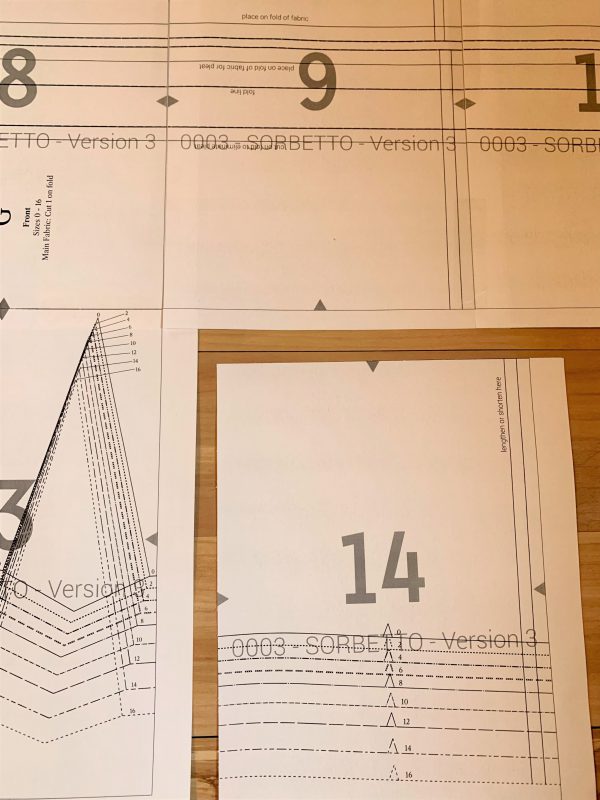
After your pages are trimmed, you can tape them together, lining up the triangles on each page to create a diamond. You’ll then have all your paper pattern pieces. You can cut them out along your desired size line. (Just make sure you use paper scissors!)
Cutting Out Your Fabric
After your paper pattern pieces are cut and your fabric is pre-washed, it’s time to finally cut your fabric out. You can do this with fabric scissors or a rotary cutter and cutting mat. I like to fold my fabric in half, right sides together, matching the selvedge edges. (I go over all those terms here!)
There is an arrow on each pattern piece – that arrow should be parallel to the selvedge edge of your fabric. Line up your pattern pieces, placing the top front and back on the fold of the fabric. Pin your paper pattern pieces in place. You’ll want to cut one front (on the fold), one back (on the fold), and two sleeves.
After your patter pieces are pinned, it’s time to cut them out. Cut along the edges with your fabric scissors. Don’t cut along the fold of the fabric.
Marking Your Pattern
Before we start sewing in the next post, we’ll want to mark the notches and darts on our fabric pattern pieces:
Marking Notches
To mark the notches (the little triangles on the edges of your pattern pieces), simply snip into the notch points about 1/4″. These will help you line up your pieces later.
Marking Darts
To mark the darts, I like to cut the paper pattern along one side of the dart. (Cut the paper ONLY, not the fabric!) Then fold the paper along the other side of the dart line.
That will open up your dart so that you can see your fabric. Use a marking tool to mark along these edges. Do this on the wrong side of your fabric.
This will create a V on the wrong side of your pattern pieces. We’ll use these to sew our darts in the next post!
That’s all for today! We have our fabric all cut and prepped to being sewing in the next post (Part 2 – Sewing the Bodice). If you have questions, please feel free to post them in the comments. Remember to share your progress in the We All Sew Community and on Instagram (make sure use the hashtag #weallsewsorbetto and tag me (@thelilacelk) and @BERNINAusa we can see what you make!)
What you might also like
11 comments on “Sorbetto Top Sew Along, Part 1: Prep and Cutting”
-
-
Yay! I’m glad this will be the motivation for you to finally finish! I’m looking forward to seeing your progress!
-
-
This a great top I’ve made it several times! Fun to play with different looks down the center front!
-
Absolutely! So much room for customization!
-
-
I would like your thoughts/help on sizing as I struggle with this and have previously picked sizes too small for tops. I have 36″ bust, 35″ waist and 40.5″ hips. I am thinking about a size 14 but what would I do to grade as you mention so that the bust part is not soo big?? I looked at the common terms post to the definition of grade and I do not see how that works in just trimming one side of the seam allowance. I am a beginner with garments looking to use my 570 QE. Is there a post that explains this in more detail? Thank you.
-
Hi there! That’s a great question! I would make the size 6 for the shoulders and sleeves and grade to a 10 or 12 in the waist/hip. This is really dependent on how fitted you’d like your top to be though, so pay attention to the finished measurements for the waist and hip. To grade the sizes (this grading is actually different then grading/trimming the seams), you’ll want to gradually move to the larger size after the underarm at the side seam. Seamwork does have a great video showing how to do this here: https://www.youtube.com/watch?v=p0MFJNE9V3s
You could also try a small bust adjustment, but that’s a little more advanced!
Sarah
-
-
I have a question regarding the marking of the bust dart. Looking at your instructions it shows how to mark one side of the top, however, how do you mark the other side?
-
I just flip the paper pattern piece over and mark the other side the same way!
-
-
I love this top and would really like to get back into garment sewing. What stops me is the fabric. I don’t know how to buy garment fabric. I have been told by workers in three different shops that quilting fabric should not be used for blouses because the weave is too tight to drape right. Is there something different about this pattern that makes it a good candidate for quilting cotton? I have bolts full of quilting cotton and would love to use it for tops.
-
In my opinion, you can absolutely use quilting cotton for garments. Today there are lots of options for high quality quilting cottons. It doesn’t have a lot of drape, but if you want a more structured look there is nothing wrong with using it. Ultimately, it’s all personal preference and you never know until you try!
-
-
Hi,
I made a Sorbetto just last month using test fabric to get the fit. If only I knew about the sew along…..
The problem I ran into …the smallest size is TOO BIG. I do not know how to size it down. Sewing the side seam again (twice) did not work.Any suggestions?
Leave a Reply
You must be logged in to post a comment.
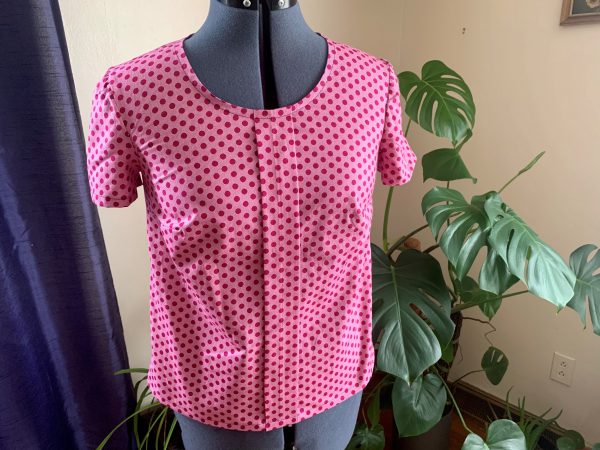
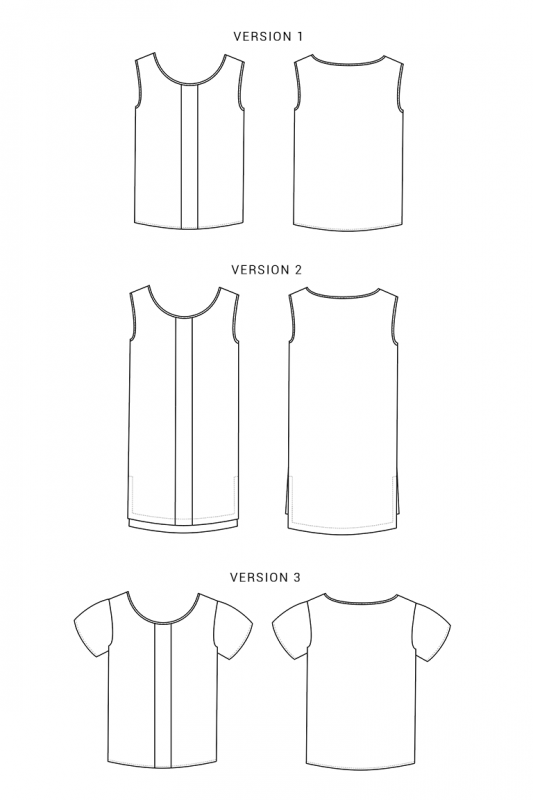
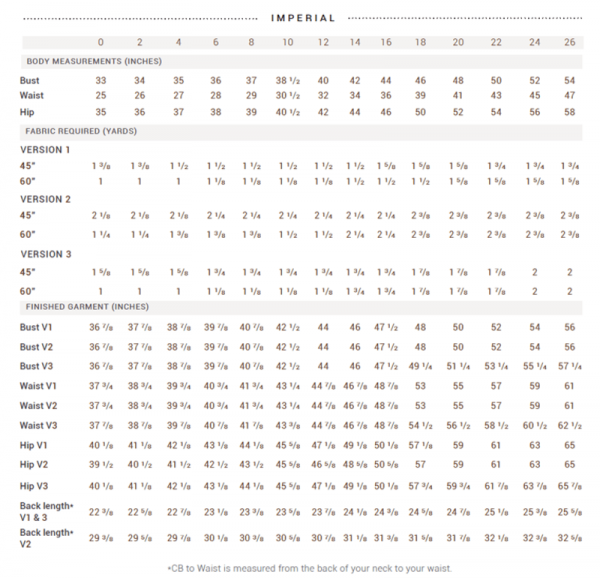
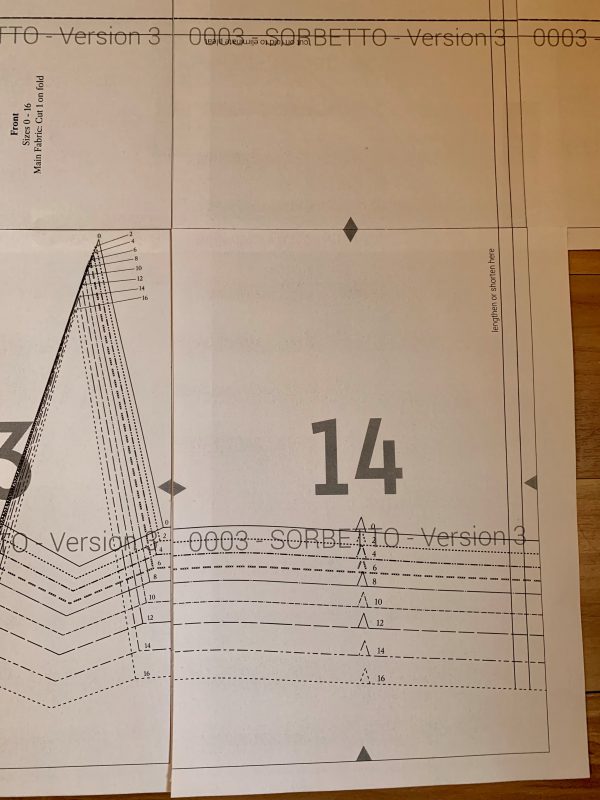
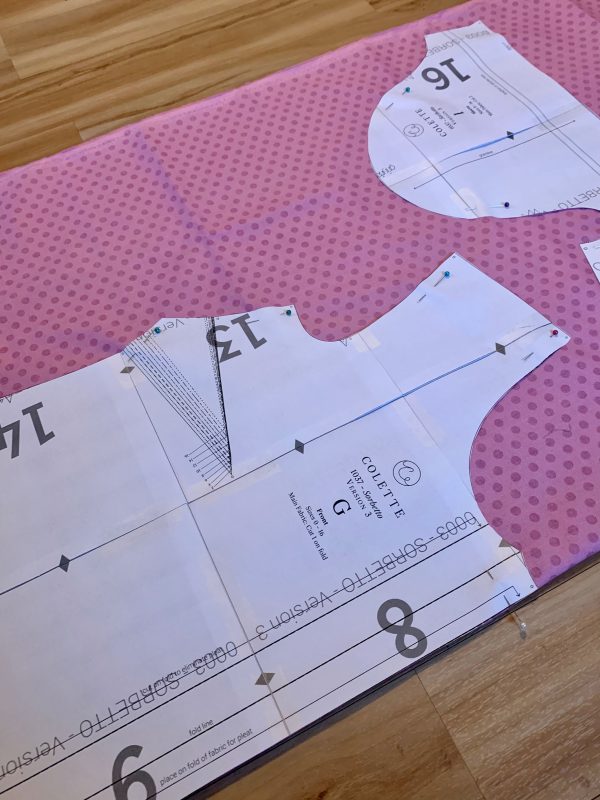
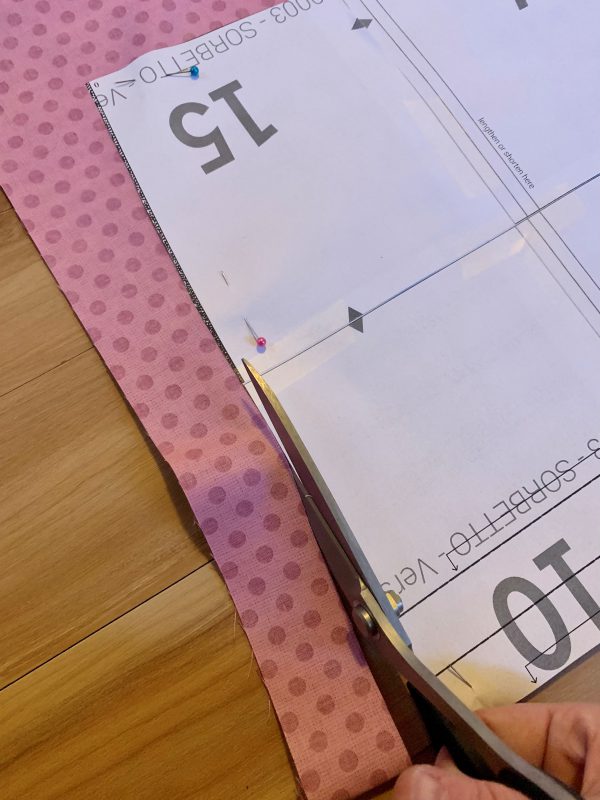
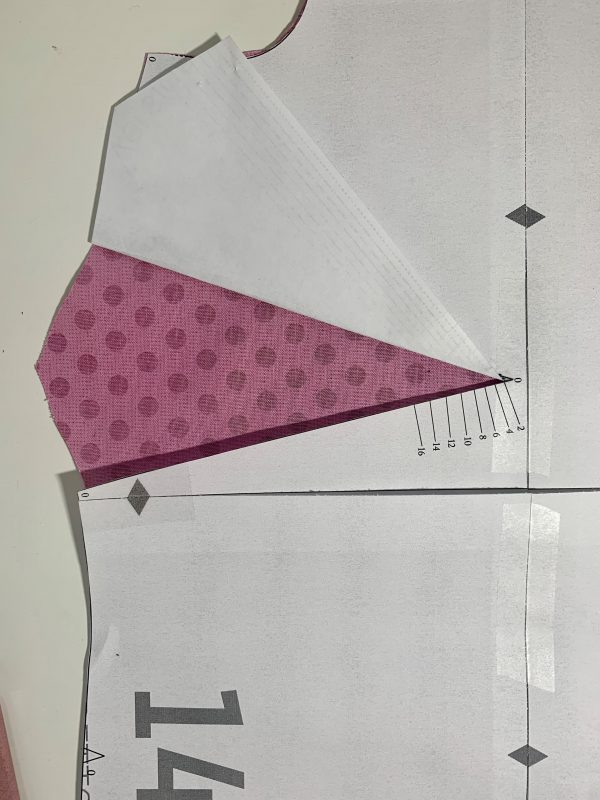
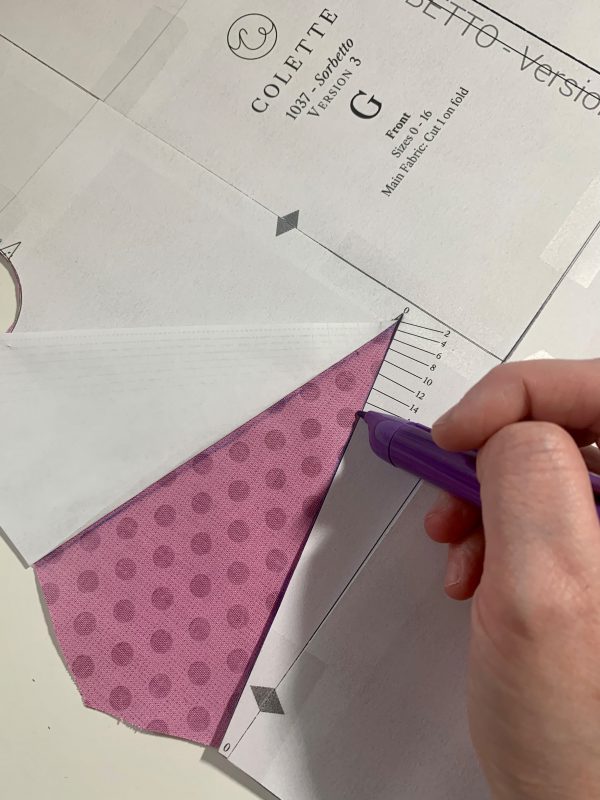
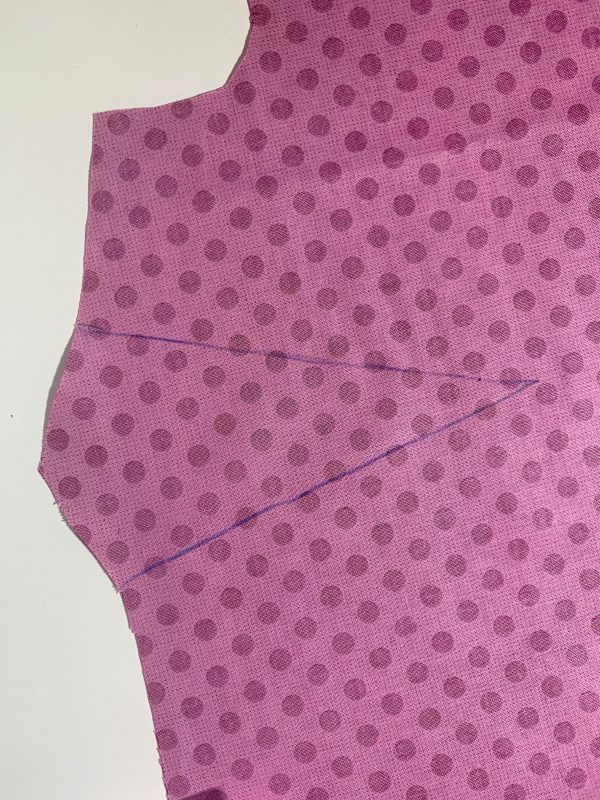




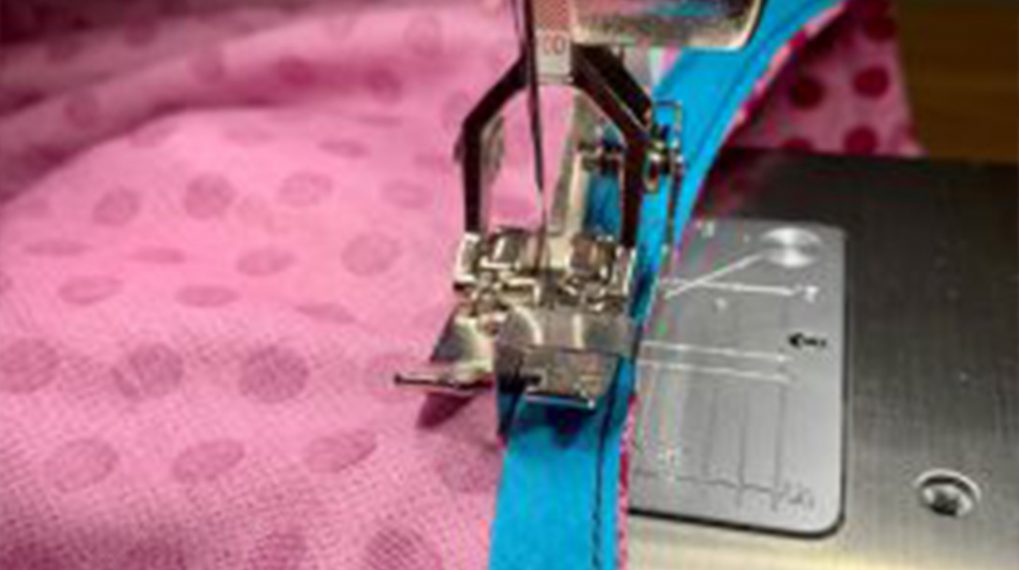
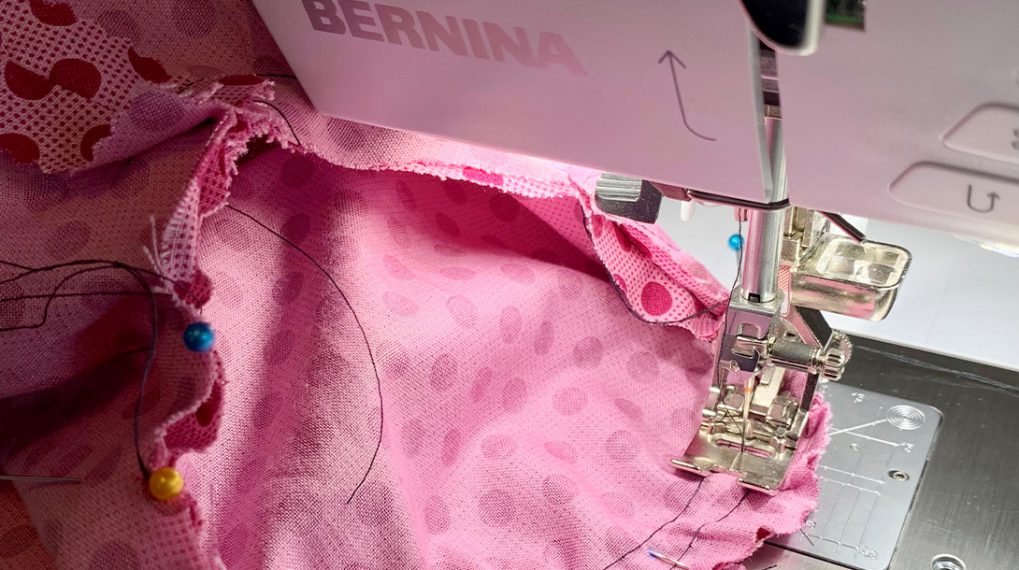
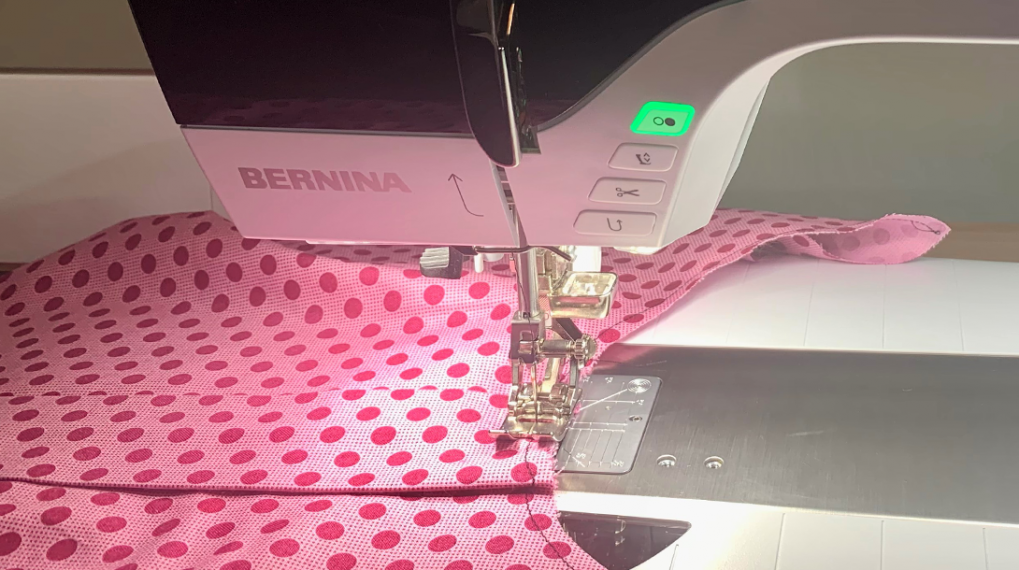
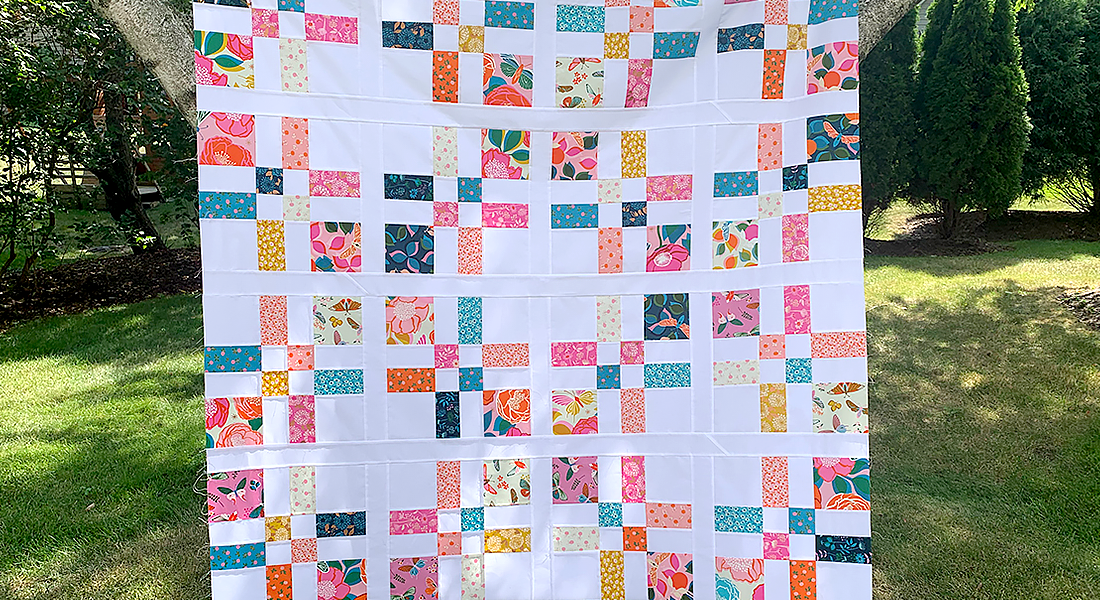
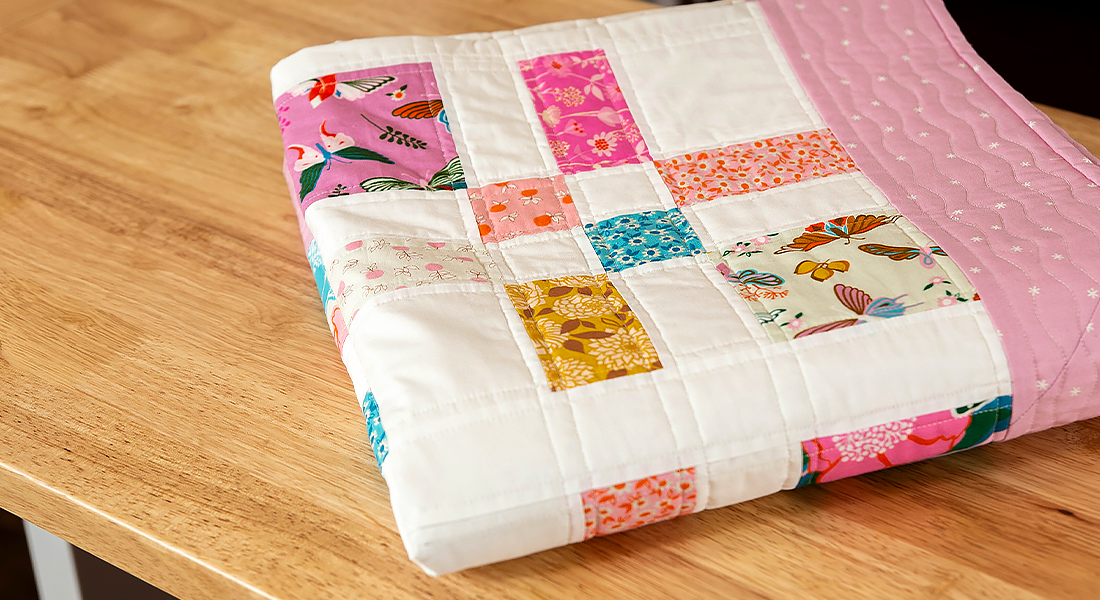
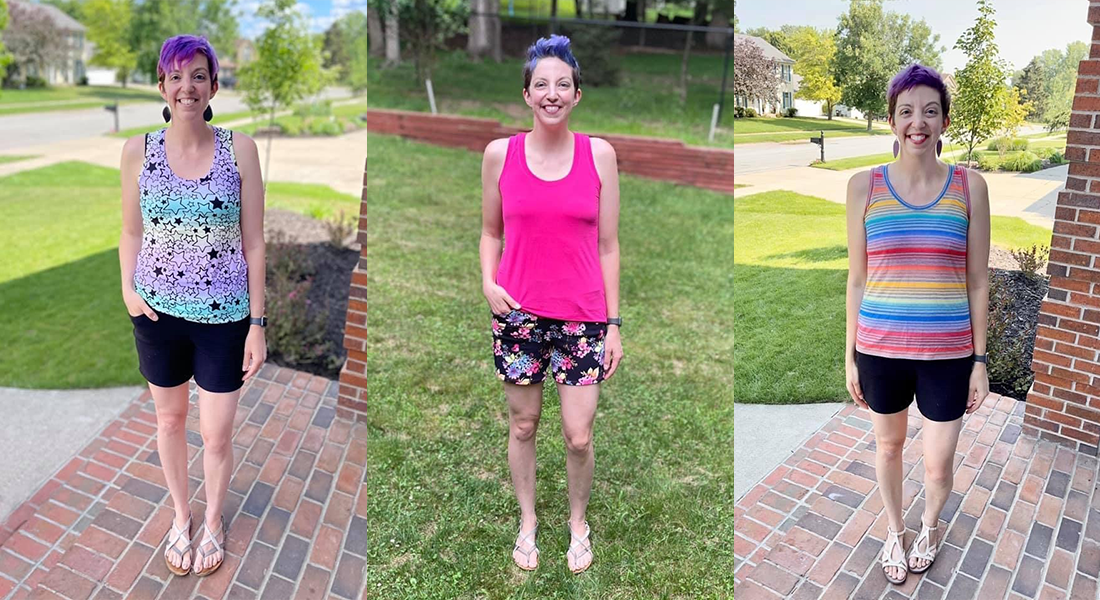

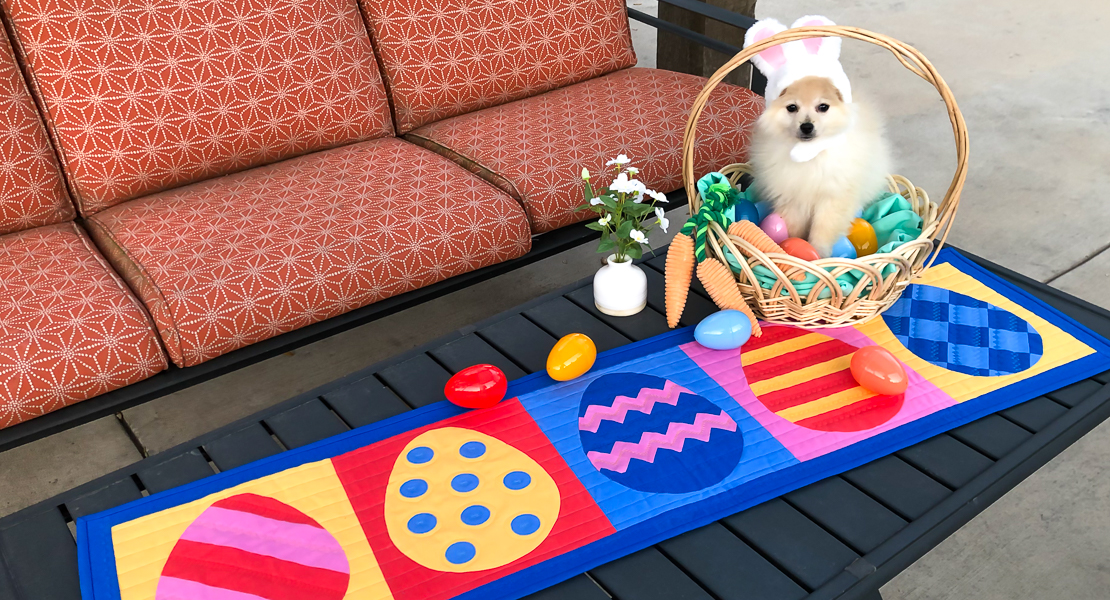

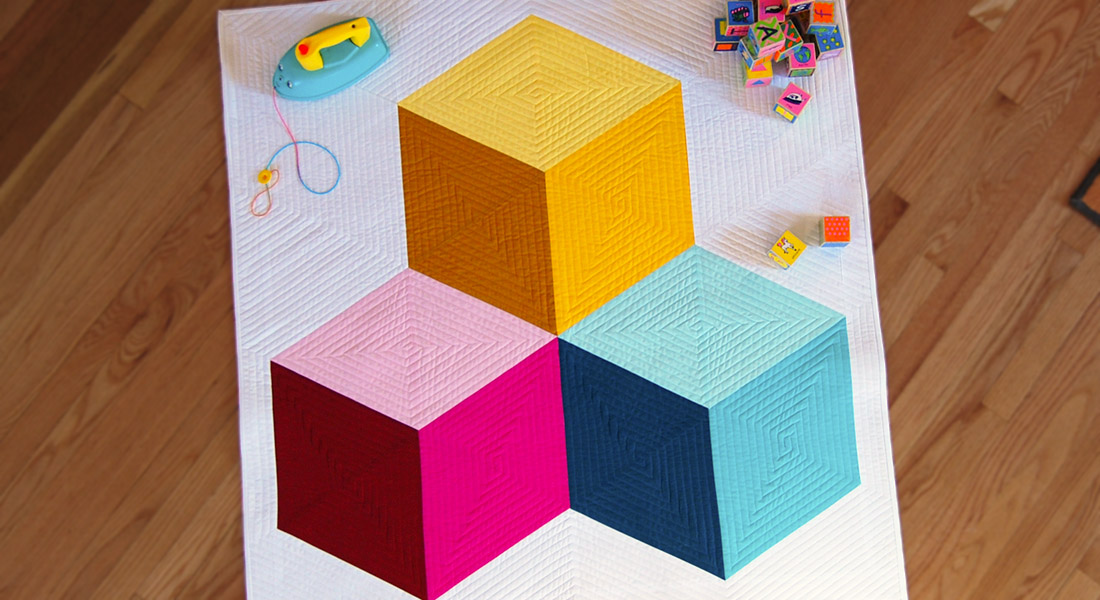
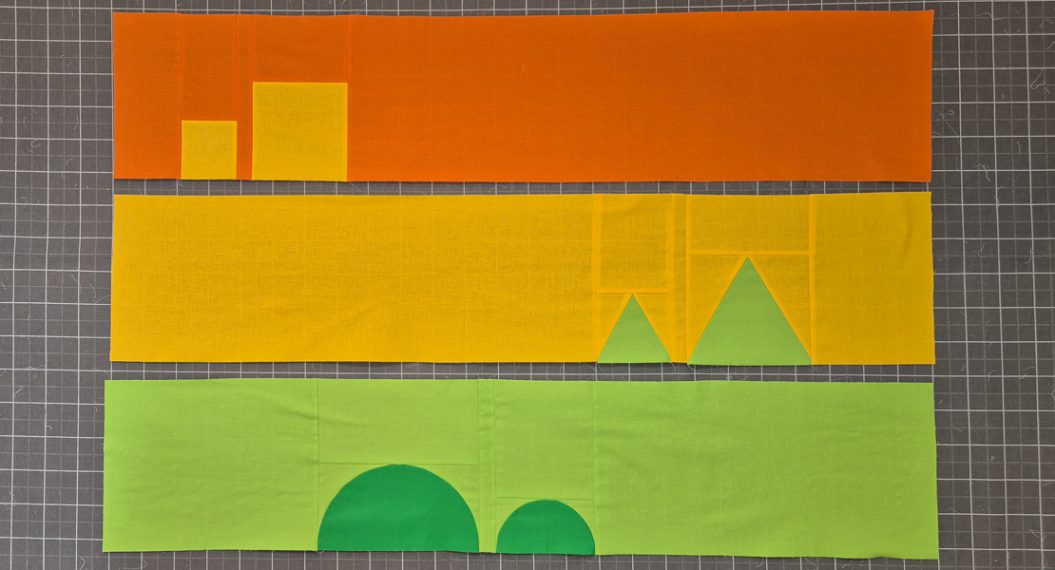
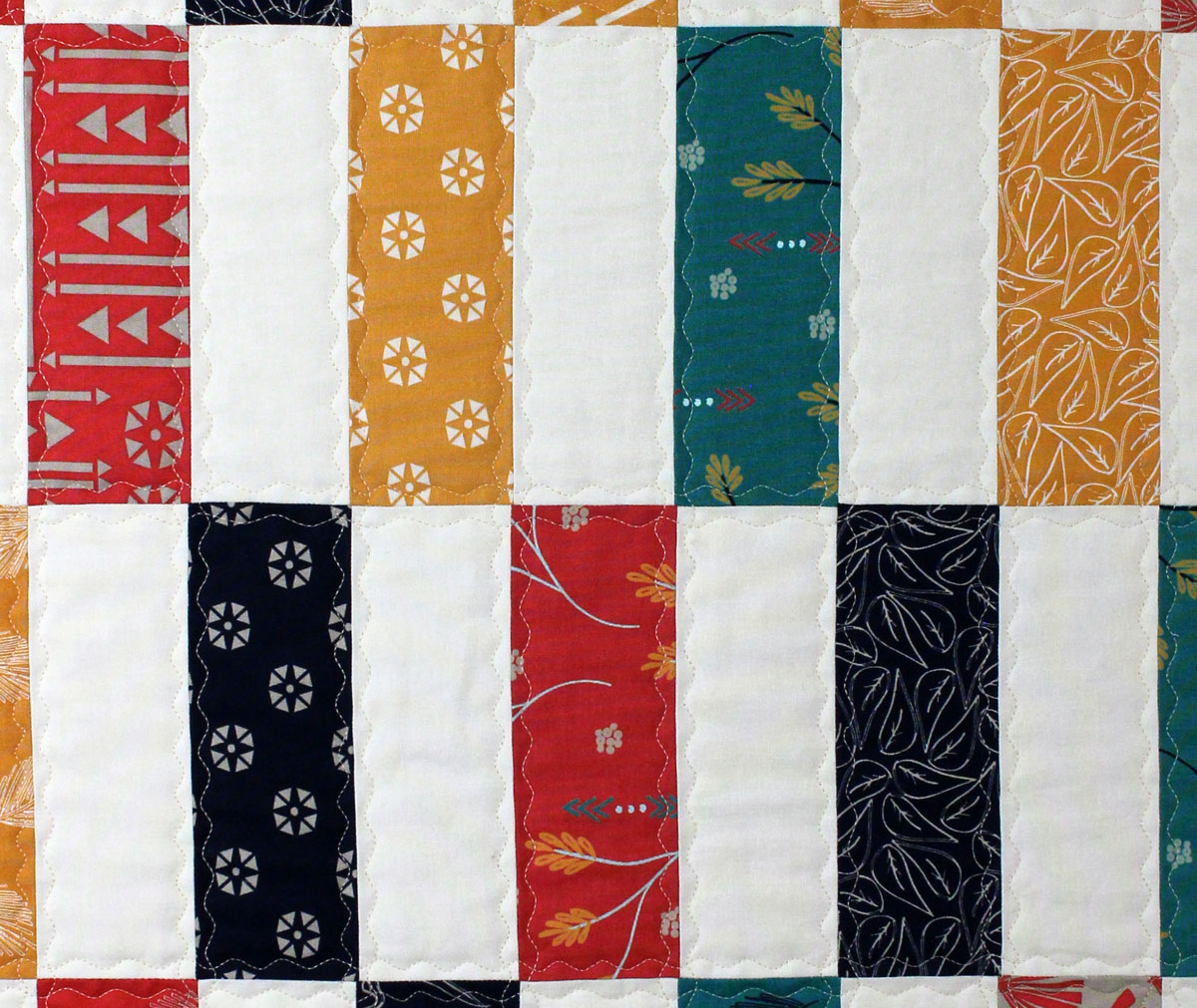
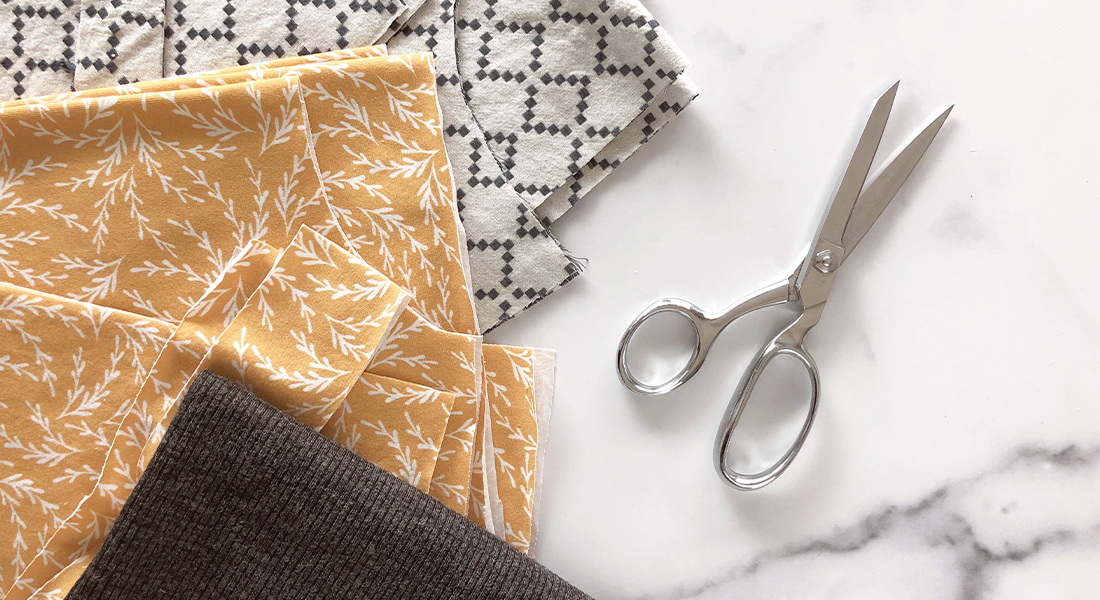
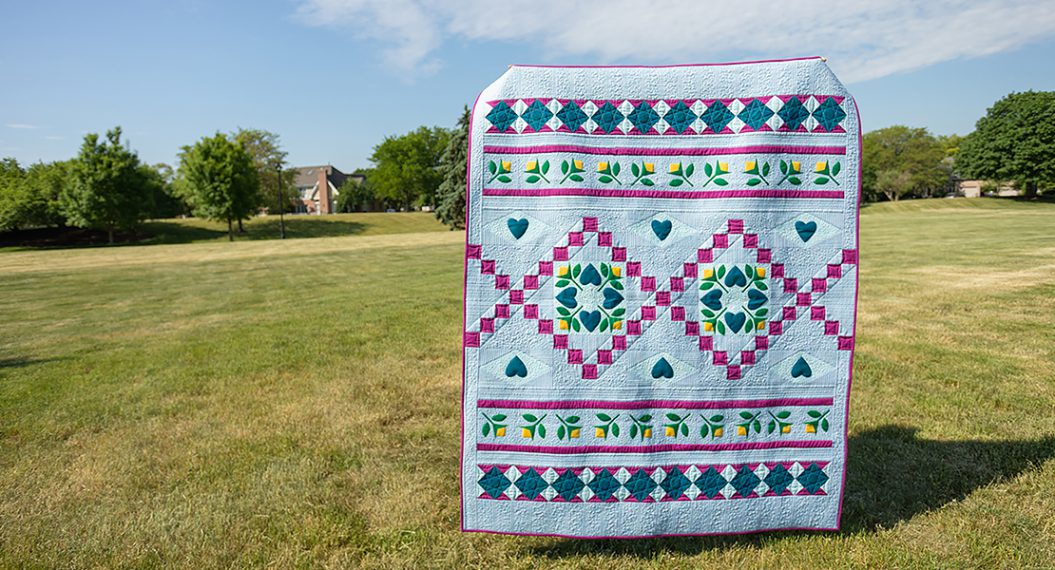
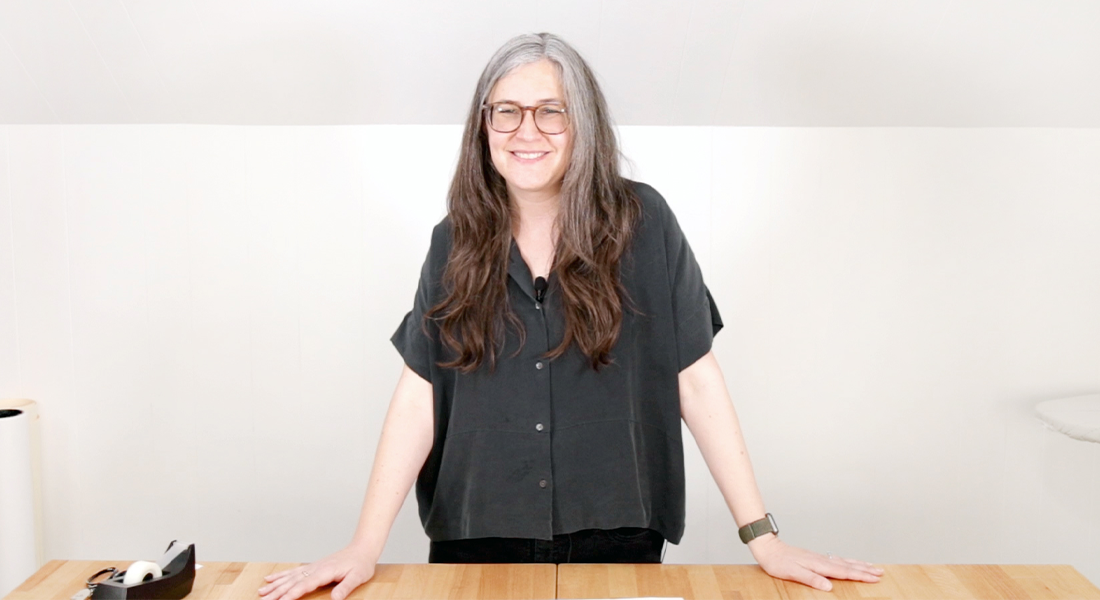
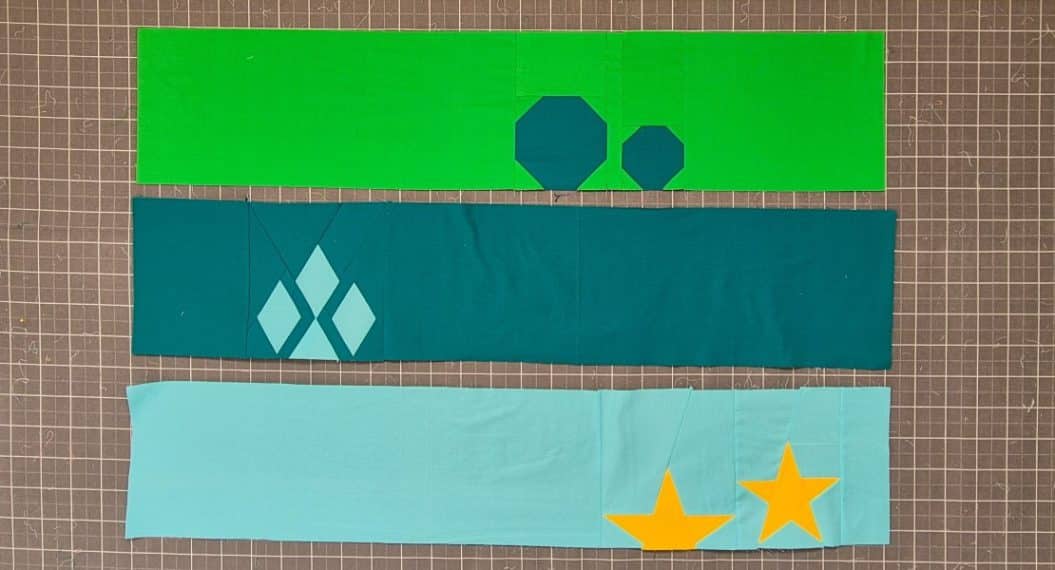
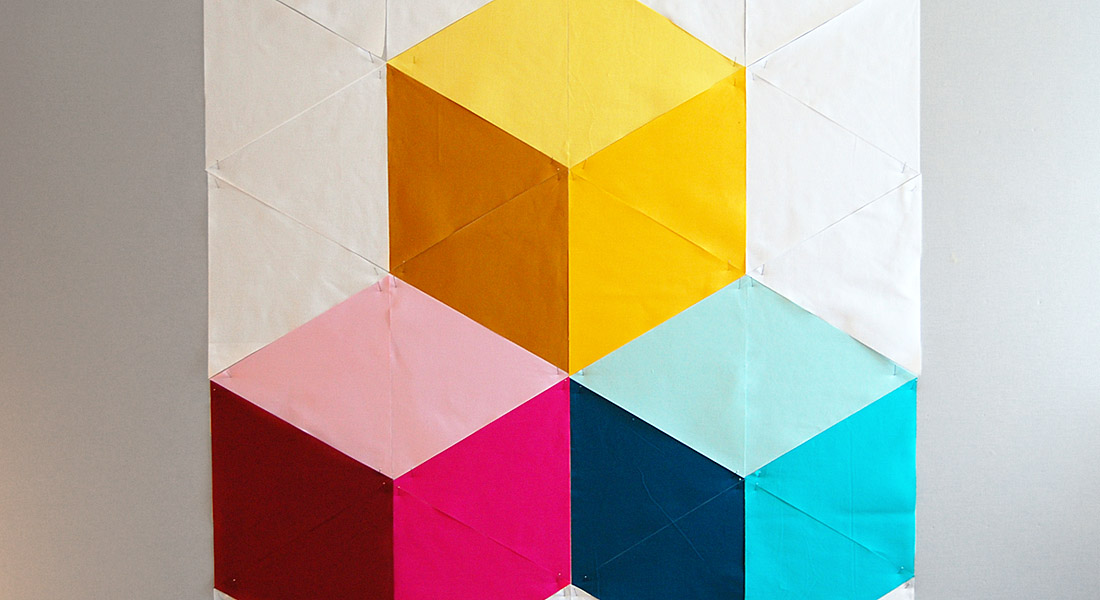
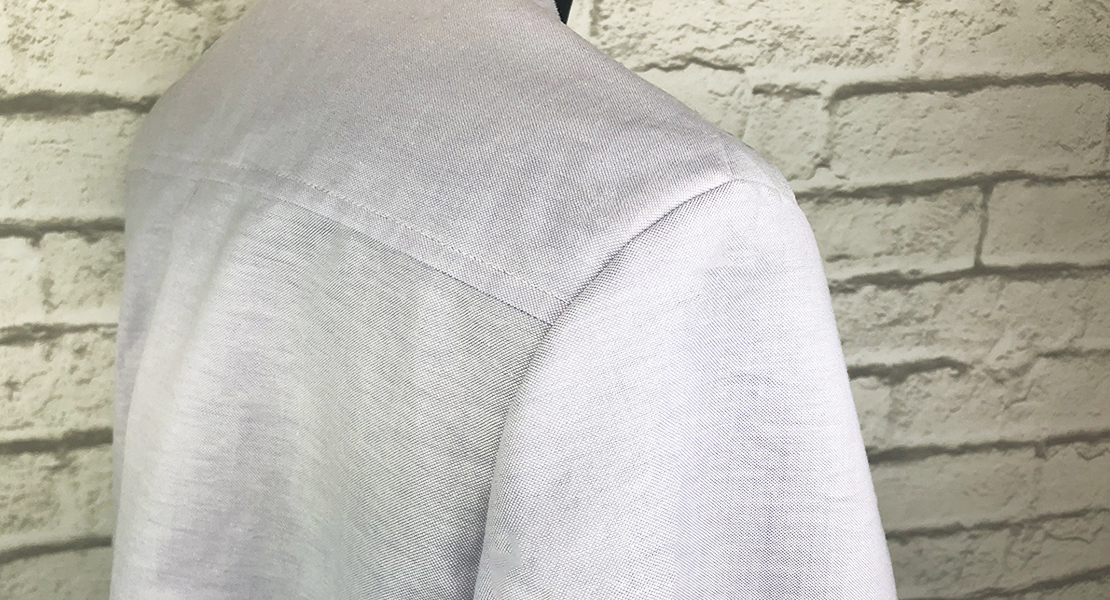
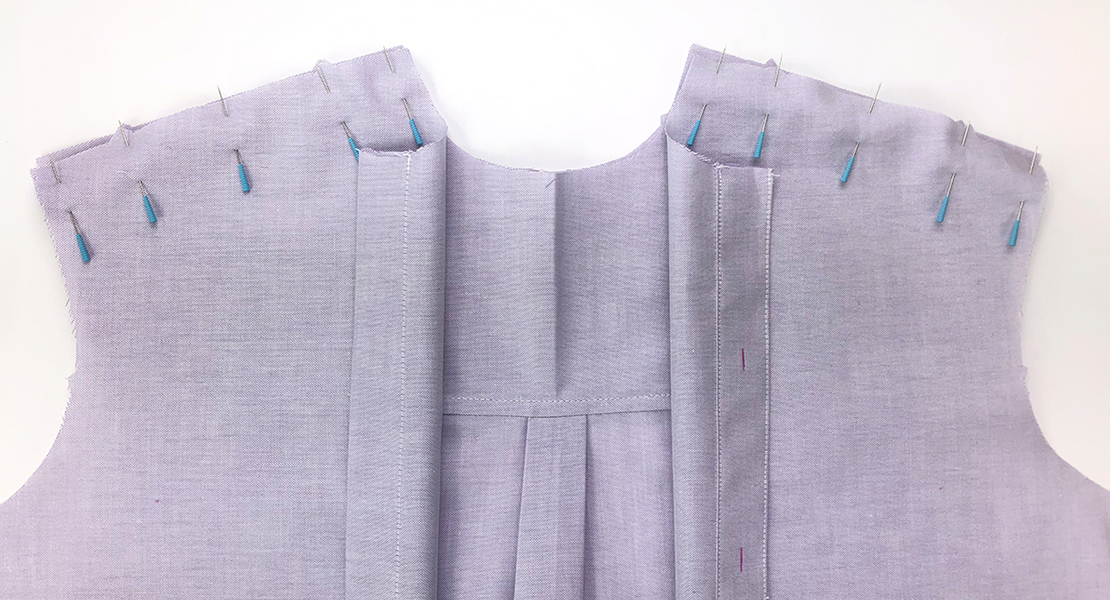


This is perfect! I’ve had this Sorbetto top in my stash for several years, and even tried a muslin to see about the fit & never finished it. I plan to sew-along with you in fitting and making this Sorbetto top. Perfect time of the year to wear this top.